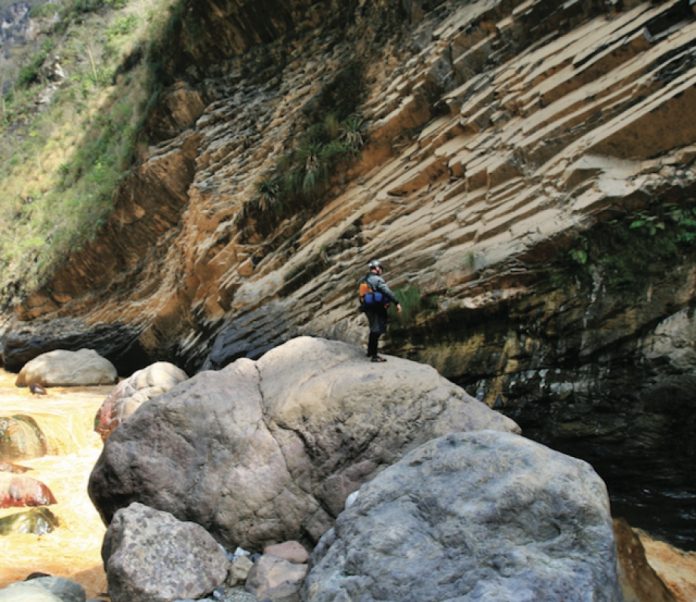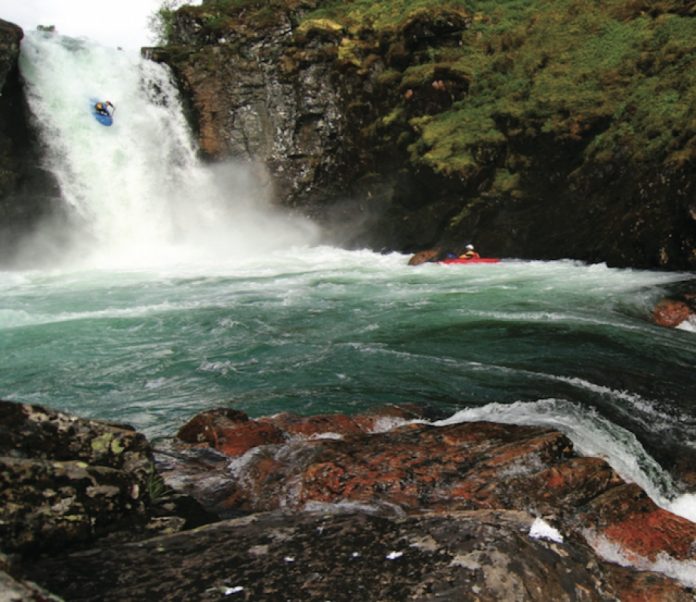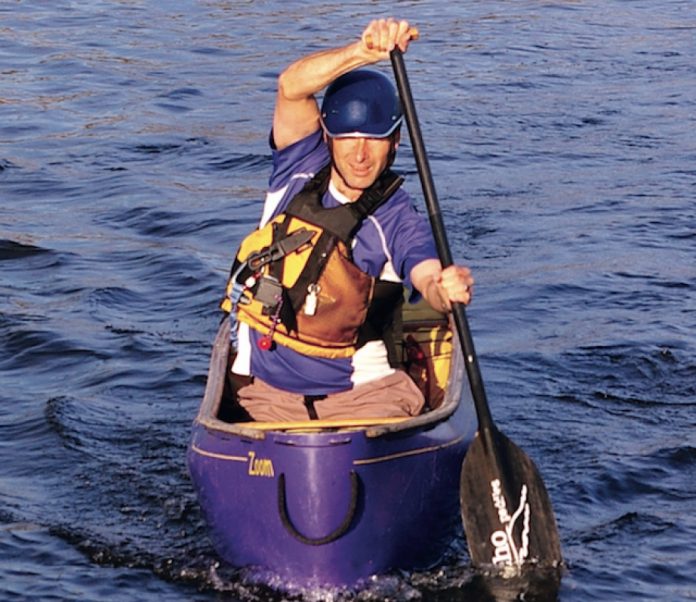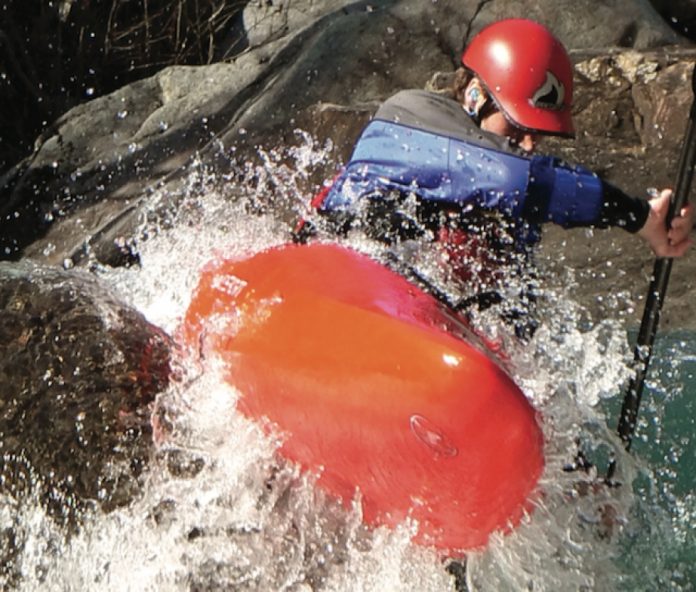As dozens of folksy sayings attest, you can make your own weather forecast from easy atmospheric and environmental observations. Because you don’t need a weatherman to know which way the wind blows.
Wind from the east, weather a beast; wind from the west, weather is best
Changes in wind direction hint at coming weather. A counter-clockwise shift in wind direction (“backing” in mariner parlance) predicts approaching low pressure with its attendant low clouds, strong winds and miserable weather. A clockwise shift in wind direction (known as “veering”) is a sure sign of approaching high pressure, with fewer clouds, lighter winds and pleasant weather. Wind typically backs from west to east and veers from east to west.
Mackerel sky and mares’ tails make tall ships carry low sails
Mottled, fish-scale altocumulus clouds indicate increasing moisture in the high atmosphere and rain within 24 hours.
Sound travelling wide, a stormy day betides
Humid air is better at transmitting sound waves.
If the moon has a halo ‘round, we’ll soon tread on deluged ground
A halo around the moon or sun is caused by light refracting through the high-altitude cirrus clouds that precede a warm front. A halo is often the first sign a low-pressure system is approaching and that rain is 18 to 36 hours away.
Red sky at night, sailor’s delight
In the evening, red clouds above and to the east mean the sun is shining through clear skies in the west—the direction of approaching weather. Conversely, red sky at sunrise from a clearing in the east means good weather won’t be sticking around for long.
When smoke descends, good weather ends
Your campfire provides a reasonable forecast for the next 24 hours. As a low-pressure system approaches, smoke absorbs humidity in the air and sinks, enveloping your campsite in an ominous pall. In stable, pleasant weather, campfire smoke rises in a vertical plume.
When leaves show their undersides, be very sure rain betides
Leaves grow in a pattern influenced by prevailing winds. When storm winds blow from different directions they disturb the leaves and expose the pale undersides. The anxious fluttering of poplar leaves is fair warning to set up the tarp. Similarly, plants will close their flowers to protect pollen as adverse weather approaches.
 This article first appeared in the Summer 2008 issue of Canoeroots Magazine. For more great content, subscribe to Canoeroots’ print and digital editions here.
This article first appeared in the Summer 2008 issue of Canoeroots Magazine. For more great content, subscribe to Canoeroots’ print and digital editions here.



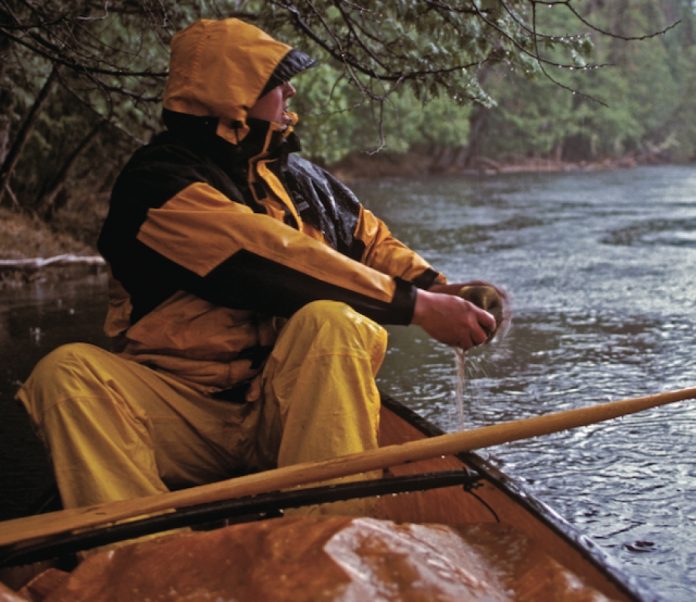
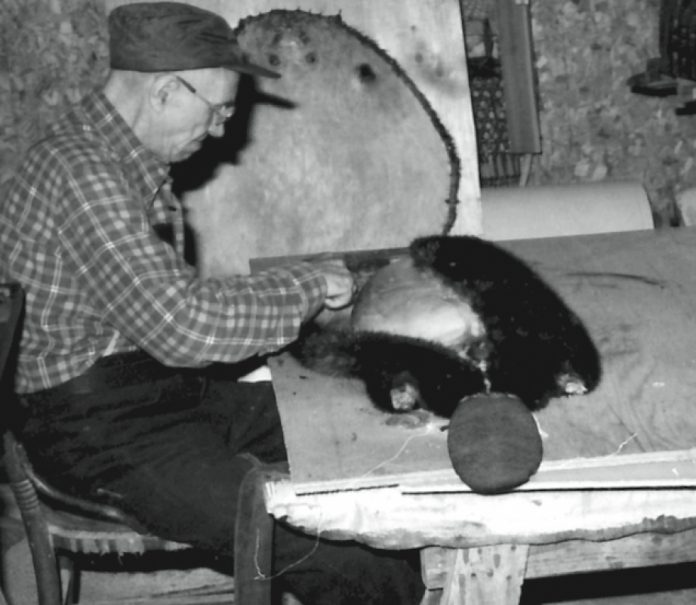
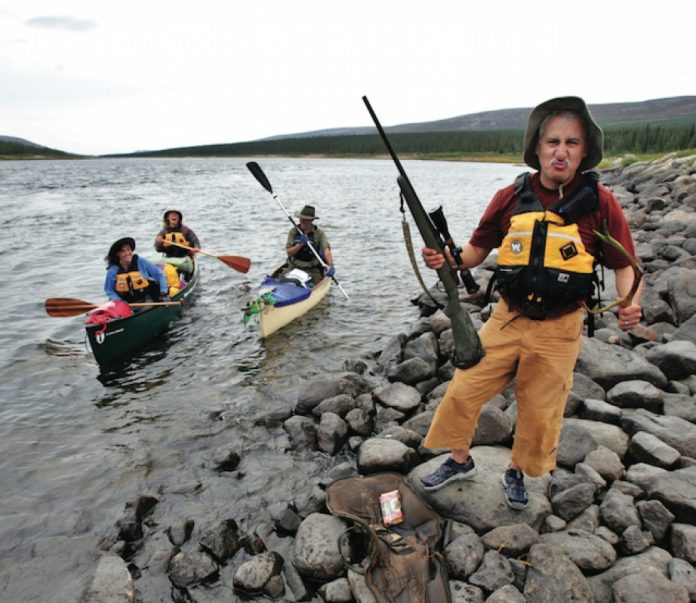
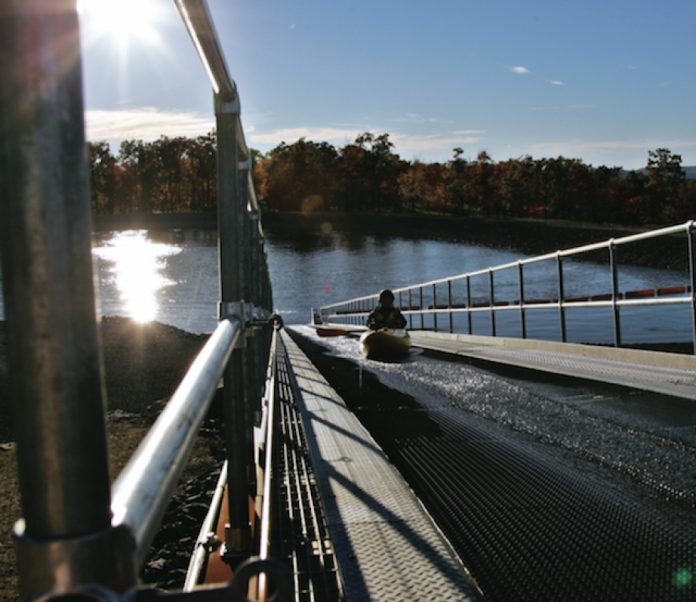
 This article first appeared in the Early Summer 2008 issue of Rapid Magazine.
This article first appeared in the Early Summer 2008 issue of Rapid Magazine.

